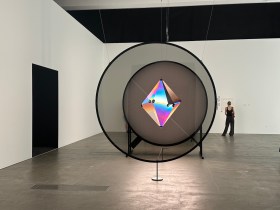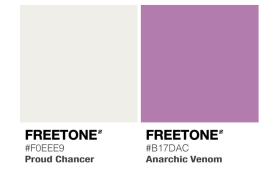Faith Dove has taken out the prize for the People’s Choice Award for the 2013 National Photographic Portrait Prize for her portrait, ‘Face of South Sudan’ 2012.
Dove said she was delighted to be the favourite of the 3,500 visitors to the exhibition.
‘Being voted People’s Choice winner is extremely exciting. ‘To be chosen by the hearts and gut responses of the public means I have communicated effectively and touched the viewer. To me that is the definition of success.’






